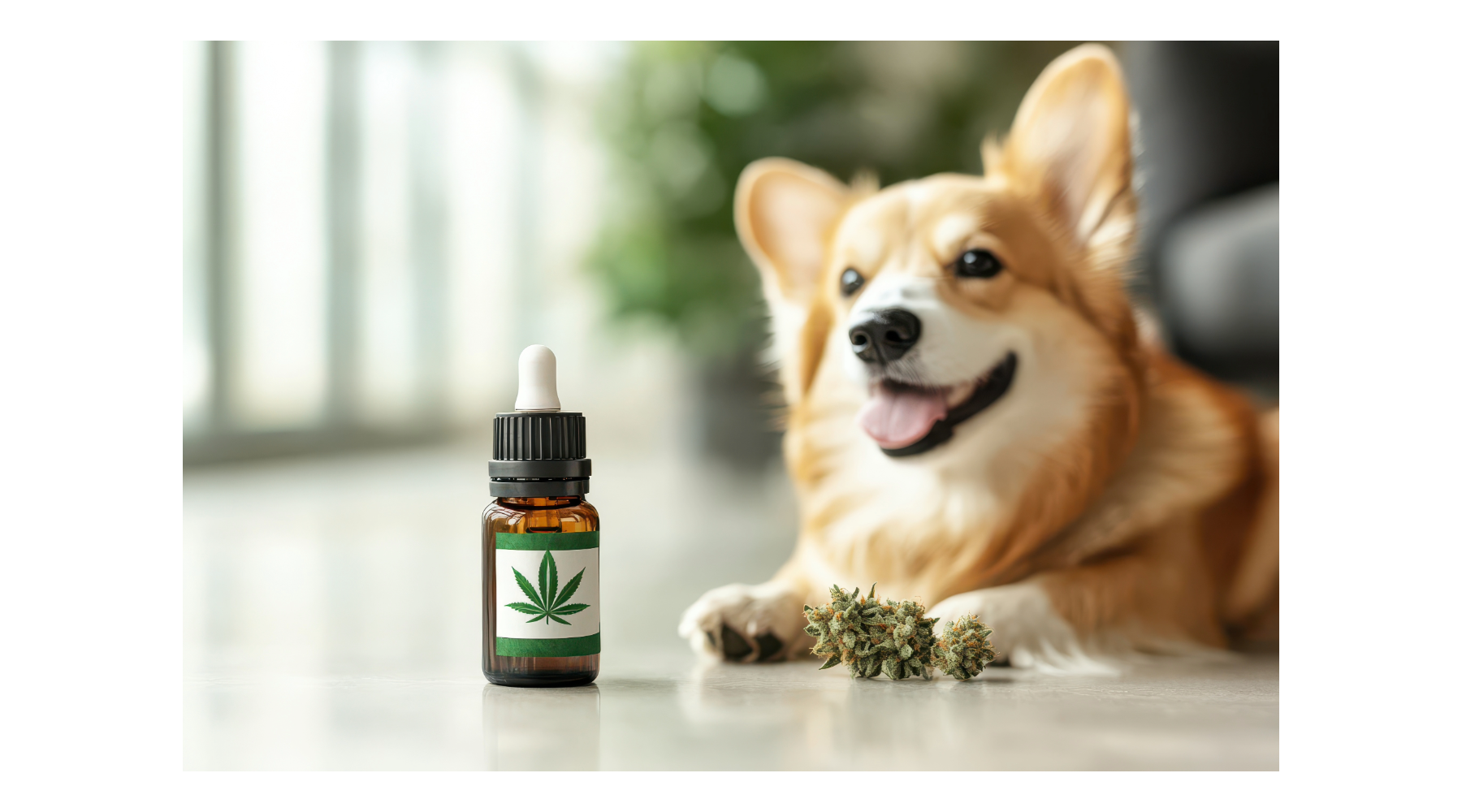Why Does THC Increase Your Hunger? The Science Behind the "Munchies"
Anyone who’s ever consumed cannabis, whether recreationally or medically, has likely encountered the infamous “munchies”—an intense craving for food that can follow shortly after consumption. The connection between THC (tetrahydrocannabinol, the main psychoactive compound in cannabis) and increased appetite has been well-documented, but what exactly causes this reaction in our brains and bodies? In this post, we’ll delve into the science behind THC's ability to make us ravenous.
Understanding THC and the Endocannabinoid System
To understand why THC triggers hunger, we first need to explore how THC interacts with our bodies. The human body has a complex system known as the endocannabinoid system (ECS), which plays a key role in regulating various physiological processes such as mood, memory, pain sensation, and yes—appetite. The ECS includes receptors (CB1 and CB2) located throughout the body, primarily in the brain and central nervous system.
When THC is consumed, it binds to the CB1 receptors in the brain. This interaction activates a cascade of responses, including altering the release of neurotransmitters—chemical messengers that help transmit signals in the brain. Among the neurotransmitters affected are those involved in regulating hunger and satiety.
The Brain’s Role in Hunger Regulation
One of the most influential areas of the brain involved in hunger regulation is the hypothalamus, which governs the body's internal balance (or homeostasis). The hypothalamus has specialized receptors that respond to both internal hunger signals (like a drop in blood sugar levels) and external cues (such as the sight or smell of food).
When THC interacts with the ECS, it stimulates the CB1 receptors in areas of the brain involved in hunger regulation, including the hypothalamus. This stimulation enhances the release of hunger-inducing chemicals, particularly ghrelin, which is often referred to as the "hunger hormone." Ghrelin is a peptide that signals to your brain that it’s time to eat. Under normal circumstances, ghrelin levels increase before meals, creating a sense of hunger, and decrease after eating to signal satiety.
However, when THC binds to CB1 receptors, it can increase the release of ghrelin, amplifying feelings of hunger even if you’ve just eaten or aren’t physically hungry. This leads to the increased desire to eat, or the munchies. Studies have shown that cannabis consumption can elevate ghrelin levels, which may explain why THC can make us feel like eating even when we’re not actually in need of fuel.
The Role of Dopamine and Pleasure
Aside from ghrelin, THC also affects the release of dopamine, a neurotransmitter closely associated with pleasure and reward. Dopamine is part of the brain's reward system, and it gets released when we engage in activities that bring us pleasure, such as eating delicious food. THC enhances dopamine release, creating an increased sense of enjoyment from eating, even from foods that might not usually be so exciting. This pleasurable feedback loop reinforces the desire to eat more, particularly foods that are high in fats and sugars.
Cannabis is also known to enhance sensory experiences, making food taste better or even feel more satisfying. When combined with the heightened dopamine levels, it creates a potent desire to indulge in food, especially in excess.
The Role of CB1 Receptors in Other Areas
Interestingly, the CB1 receptors are not just concentrated in the hypothalamus; they’re also found in the gastrointestinal (GI) tract. This means that THC can influence the digestive process in addition to affecting hunger signals. Research has shown that activation of CB1 receptors in the GI tract may increase gastric motility and the release of digestive enzymes, further enhancing the feeling of wanting to eat.
In essence, THC not only stimulates appetite but may also promote the digestive process, leading to an overall increased desire to eat and enjoy food. This is one of the reasons why cannabis is often used to help individuals with conditions like cachexia (a condition associated with severe weight loss) or for those undergoing chemotherapy, as it can stimulate appetite and prevent further weight loss.
Conclusion: A Complex Interaction
In summary, the increase in hunger after consuming THC is a result of a complex interaction between the cannabinoid system, brain chemicals like ghrelin and dopamine, and the body's digestive processes. THC's activation of CB1 receptors in the brain and GI tract triggers a variety of physiological responses, leading to enhanced hunger signals and an increased sense of pleasure when eating.
While this makes cannabis a helpful tool for individuals looking to stimulate appetite (such as those dealing with medical conditions), it also explains why so many people experience intense cravings after using marijuana. So next time you find yourself raiding the pantry after smoking, you’ll know exactly why: your brain and body are in full-on "munchies" mode thanks to THC’s effects on the endocannabinoid system!
































